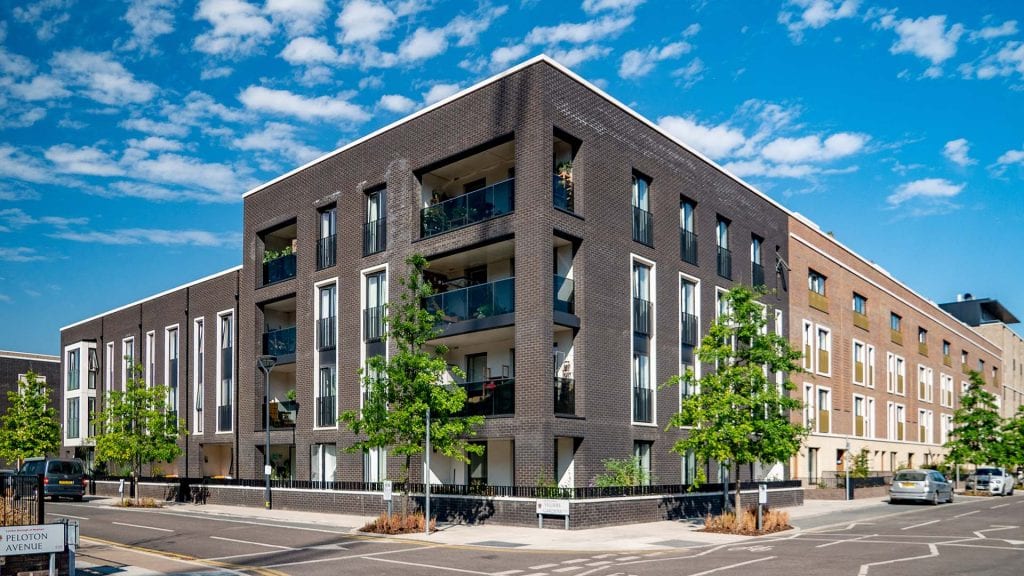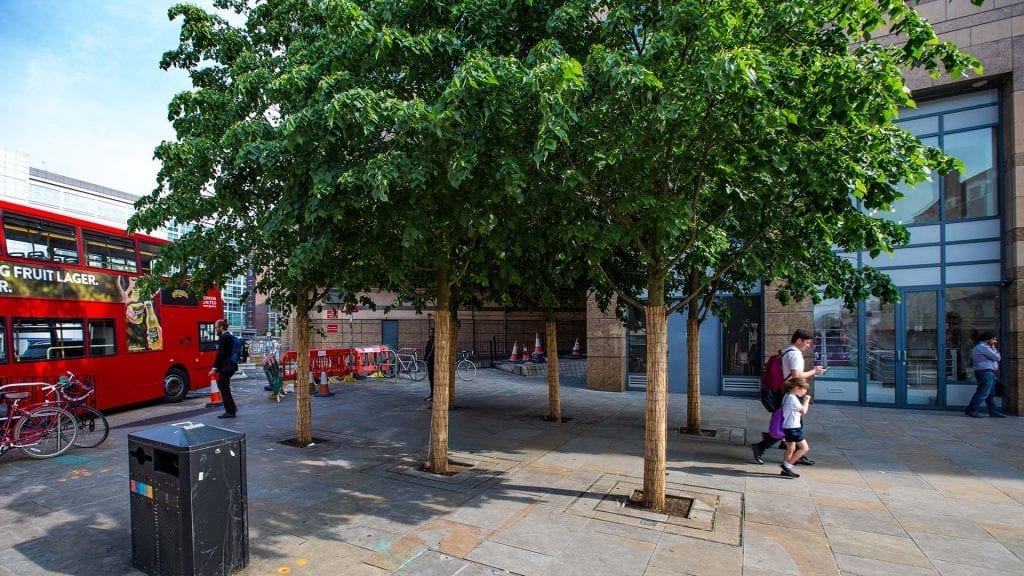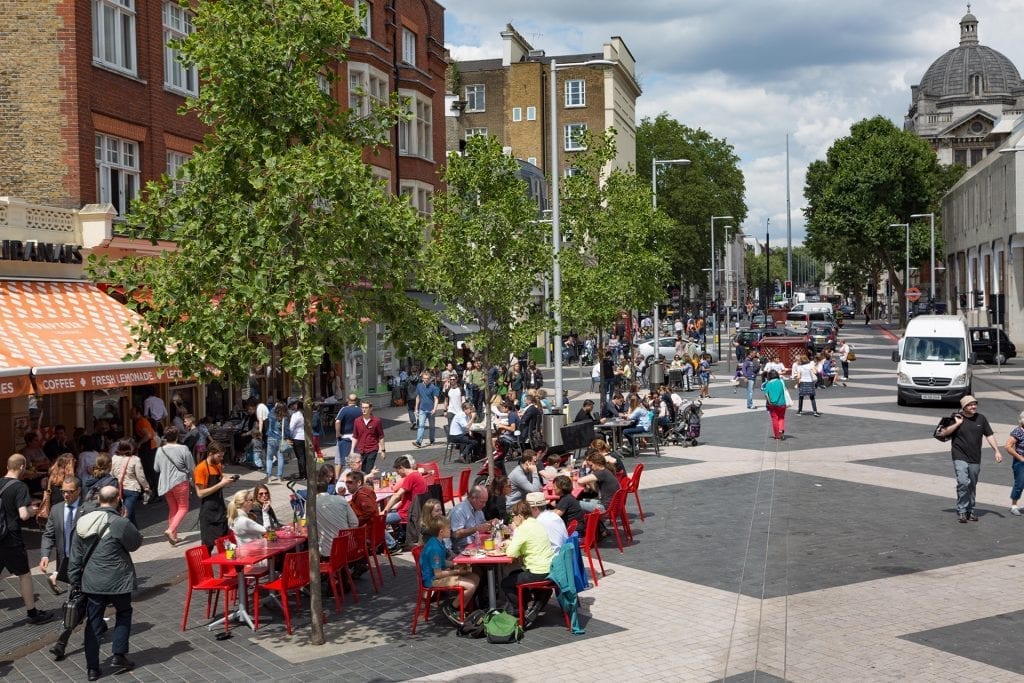Following the close of the Government’s consultation regarding the new biodiversity net gain and the updated planning requirements it is timely to discuss the implications. GreenBlue Urban have been lucky enough to have insight from specialists at the forefront, developing best practice guidance and metrics to assist in the realisation of higher quality landscapes and habitats across the United Kingdom.
So what is net gain and why the focus on biodiversity? The focus on net gain enables planners and developers as well as a range of other stakeholders to look at the impact of development on existing ecosystems and habitats and to leave a site with a better standard of biodiversity than it was prior to the commencement of works. This is no easy task and through the use of the planning process and with the introduction of DEFRA and Natura England’s soon to be published metric, it is hoped that there will be reduced instances of conflict between developers, planners and communities and that they can work more effectively together to deliver best outcomes. Nick White from Natural England opined that with these changes to policy, and a focus on net gain benefits, developers will be able to benefit from process improvements within the planning system.

There have already been some excellent examples of projects across the UK where the concept of biodiversity net gain has been applied. Redrow Homes have delivered developments at Mouton, Heathrow Airport and Network Rail expansion projects have also utilised new toolkits and best practice guidance to deliver improvements on site. The Berkley Group are also leading the way with their scheme at Kidbrooke.
So what is the benefit of applying a metric? Why can numbers help when it comes to nature? Whilst we must always approach the valuation of an application of numerical metrics to nature, there are clear benefits to integrating this approach into the ecology sector:
• Calculating a baseline and forecasting outcomes
• Providing confidence
• Ensuring consistency of approach
Nick White points out that local plans are critically important to outcomes and that more work needs to be done to engage stakeholders who are currently applying the approach and using the metrics in subtly different ways. He emphasis’s the need to ensure a standardised approach to enable long term comparators across schemes.

There are strong collaborations forming to ensure the long-term resilience and continued development of the biodiversity net gain concept. CIRIA and CIWEEM, for example, have proactively been working alongside industry and a British Standard for biodiversity net gain is currently being developed. Furthermore, the revised NPPF has also been strengthened to include reference specifically to a measurable net gain.
Whilst initially there were concerns that viability of development might be impacted, organisations including Natural England have argued that this has not been the case thus far and that those stakeholders such as Network Rail involved in larger infrastructure projects have seen the benefits of using green and blue infrastructure to embed resilience along their networks.
The UK has benefited from global examples and has embedded international learning into the policy changes that have been proposed. Balfour Beatty have produced a best practice document which promotes ten basic principles for those working on net gain. Find out more here.

The City of London Biodiversity Action Plan 2016-2020 also provides a model for other local authorities wanting to look at example wording for their own documents.
Justine Lloyd from Lichfield Council has also pioneered a new and innovative approach within her area, requiring a minimum threshold for biodiversity net gain on each new development.
The future, therefore, is looking much brighter for biodiversity across the UK but there are, as always, some key caveats – we have to use the metrics appropriately and ensure we ardent trading down in terms of quality. Whilst we might be replacing habitat or replanting trees, at what cost and are we truly offsetting in a manner that honestly delivers positive change? Whilst as Julia Baker from Balfour Beatty notes, the numbers enable ecologists to make the business case in the boardroom, we still have to work hard to make the case for green and blue infrastructure and the cost/benefit analysis. The scale of impact is also important and we have to ensure that smaller scale developers are engaged in this sometimes challenging process of calculating net gain on site.
As we know at GreenBlue Urban and as Julia Baker has argued, retrofitting will always be one of the hardest processes to undertake yet we must not be deterred. The loss of trees around Euston Station due to the HS2 project and associated works. We must never lose sight of communities and the impact of the loss of biodiversity on both animal and human populations alike.

At GreenBlue Urban we want to encourage developers and local authorities to use this opportunity and strengthening of national planning policy to consider the importance of urban trees and their role in public and private settings. Their contribution to biodiversity is to a large extent dependent upon their context and therefore understanding the numbers and locations and what could be termed ‘network’ of a town/city’s trees is essential.
Suburban areas with large numbers of disparate trees in proximity to shrubs and bushes, large gardens or parkland are significant, particularly to mobile animals. Such areas provide nests, feeding sites for birds and roost sites for bats. Native species are of greatest importance since they usually support a larger diversity of invertebrates.
